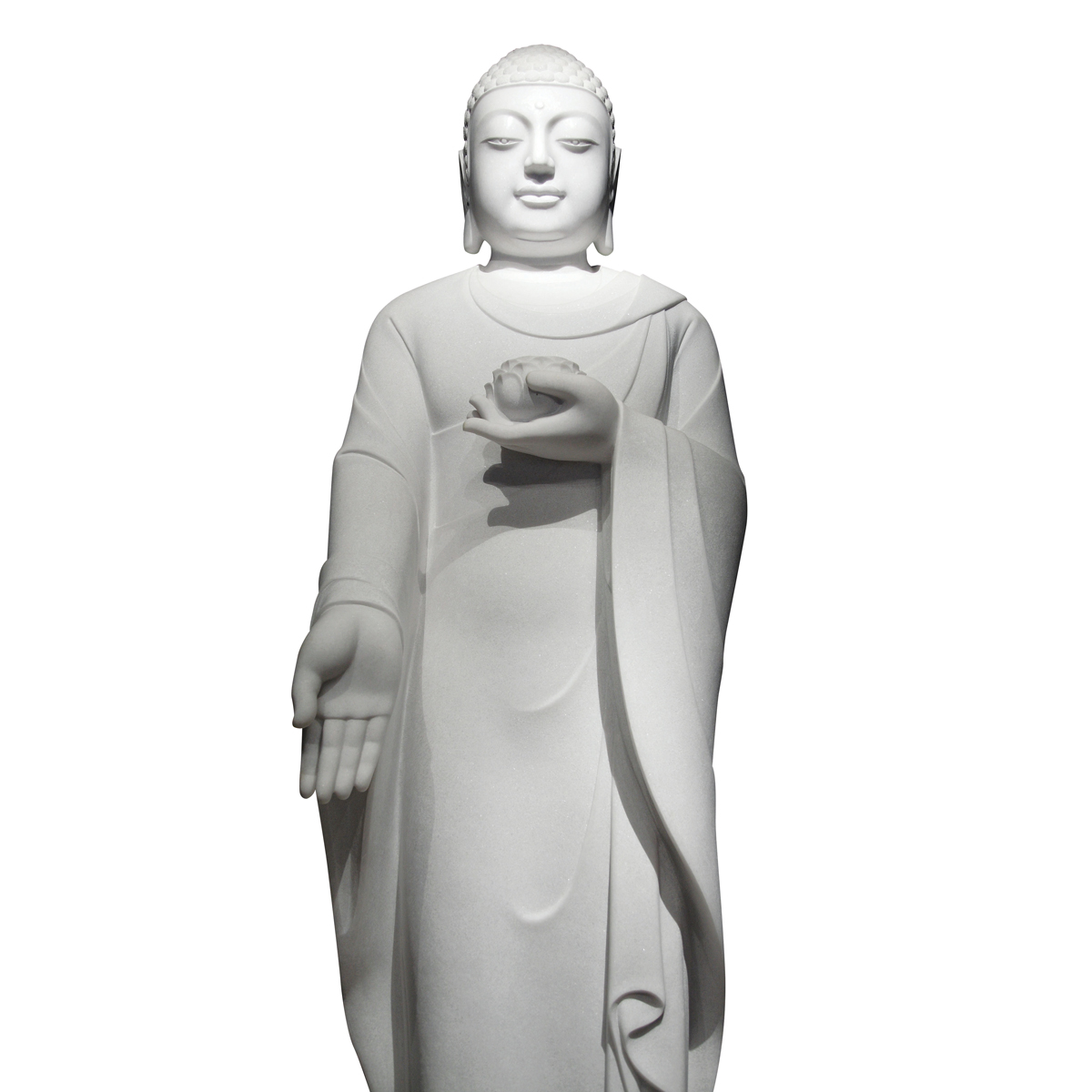Special Topics
Q4: What is the difference between repenting alone in front of a Buddha statue and participating in a repentance-prostration Dharma assembly?
 When Master Sheng Yen underwent solitary retreat in Meinong, Kaohsiung, he performed the Great Compassion Repentance Ceremony by himself. In his book, Master Sheng Yen's Teaching on Guanyin Bodhisattva's Methods, Master Sheng Yen pointed out that solitary practice and repentance both require the ability to remain in concentration and rein in the mind. The practitioner is required to cultivate sufficient levels of skill and confidence; to be aware of the ebb and flow of their thoughts and consciousness; and, finally, immediately draw the mind back and return to the present awareness of the repentance text and ritual. This high degree of focusing the mind and meditative concentration is not something that beginners can achieve, with their initially distracted and agitated minds.
When Master Sheng Yen underwent solitary retreat in Meinong, Kaohsiung, he performed the Great Compassion Repentance Ceremony by himself. In his book, Master Sheng Yen's Teaching on Guanyin Bodhisattva's Methods, Master Sheng Yen pointed out that solitary practice and repentance both require the ability to remain in concentration and rein in the mind. The practitioner is required to cultivate sufficient levels of skill and confidence; to be aware of the ebb and flow of their thoughts and consciousness; and, finally, immediately draw the mind back and return to the present awareness of the repentance text and ritual. This high degree of focusing the mind and meditative concentration is not something that beginners can achieve, with their initially distracted and agitated minds.Participating in the Repentance Ceremony as a group practice is particularly helpful for beginners, due to its benefit of "relying on and harmonizing with the congregation". Entering a practice center makes it easier to rein in the mind. While performing repentance prostration, with the chanting, reciting, and ritual going on continuously, even if we may find our mind wandering off from time to time, our practice doesn't get interrupted or come to a stop as a result. Under the cohesive power of group practice, the occasional wandering thoughts are simply no match for the strength of tens, hundreds, and thousands of devoted and concentrated minds. This way, delusional thoughts are instantly dispelled and integrated into the collective force of "communal repentance".
The atmosphere of a repentance group practice resembles a mighty river. It cleans our filth and guilt deep down in our hearts from within and without. Using the collective power of the repentance ceremony, our distractedness and sense of fatigue can be transformed into a wholehearted devotion, thereby achieving the goal of "removing karmic obstacles through repentance".
Extended Reading:
Repentance Prostration: A Millenia-Old Method of Practice
Q1: What is the difference between repentance prostration rituals and regular Dharma assemblies?
Q2: Is Repentance Equal to Regret?
Q3: Can Doing Repentance Prostrations Really Eliminate Karmic Obstructions?
Q4: What is the difference between repenting alone in front of a Buddha statue and participating in a repentance-prostration Dharma assembly?
Q5. What preparations should we make before taking part in repentance ceremonies?
Q6: Why is It Necessary to Repent (Kṣama, in Sanskrit) before Receiving the Buddhist Precepts?
Resource: Issue 315 of Life Magazine, Dharma Drum Publishing Corporation
Photos: Issue 315 of Life Magazine, Dharma Drum Publishing Corporation
Translation: Carrie Fu
Editing: Jessie Goulter, Chia-chen Chang (張家誠), Keith Brown
